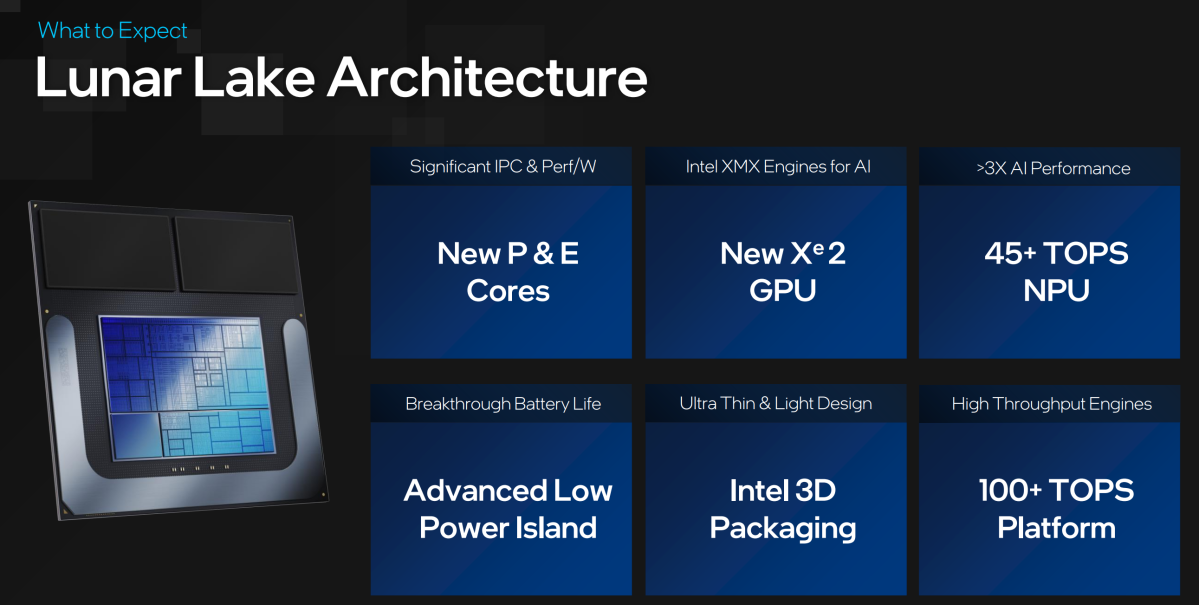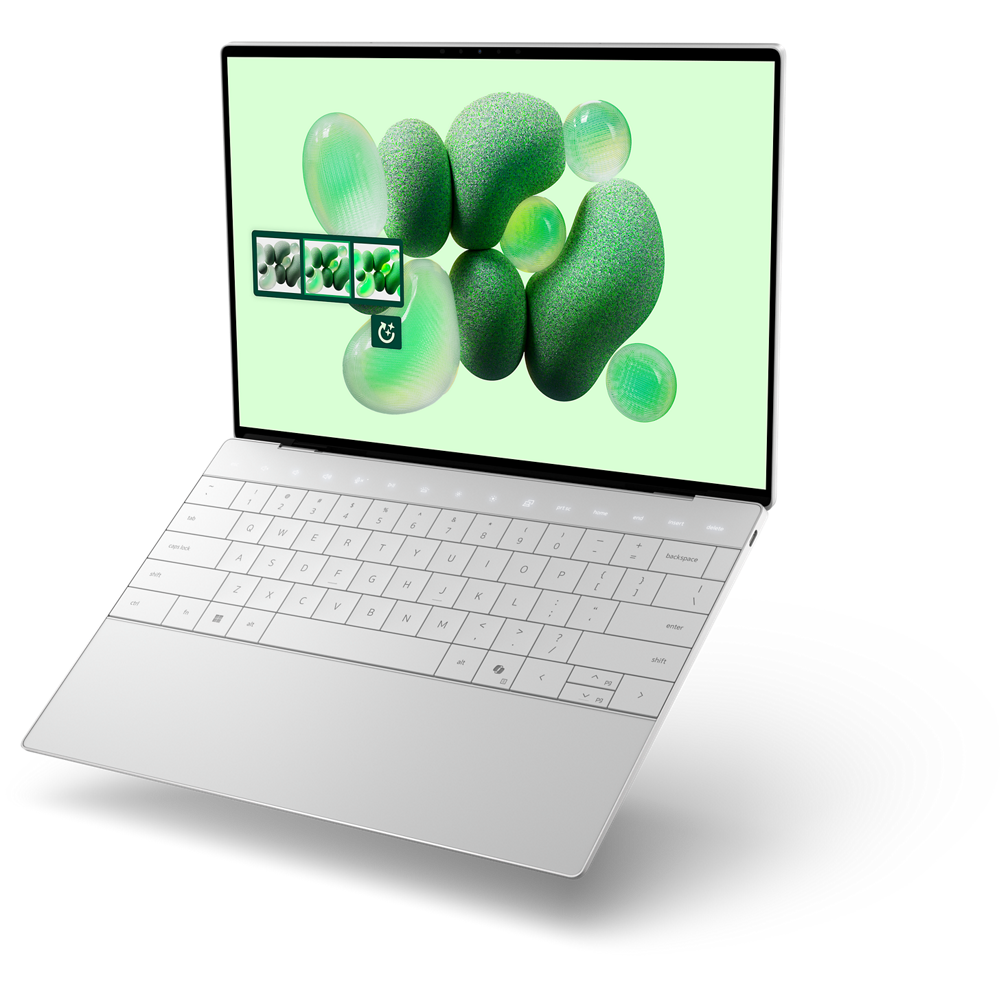NVIDIA has this week released OptiX 8, the latest version of its powerful framework aimed at optimizing ray tracing performance on its GPUs. This latest announcement marks a significant milestone in NVIDIA’s commitment to improving and advancing the field of GPU-accelerated ray tracing.
OptiX, an abbreviation for ‘Optimal Ray Intersection‘, is a high-level, global illumination or ray-tracing SDK. This interface allows developers to integrate and utilize ray tracing technology in their graphical applications developed for NVIDIA GPUs. From gaming to professional visualization and even to advanced scientific research, various fields are leveraging the OptiX framework to elevate their graphics performance.
The release of OptiX 8 sees many improvements over its predecessor, including new features and functionalities designed to offer greater efficiency and performance in GPU-accelerated ray tracing. It aims to unlock the full potential of GPUs, enabling graphics-rich applications to run faster and smoother while rendering more complex and realistic images.
What is NVIDIA OptiX ray tracing framework
NVIDIA OptiX stands as a powerful application framework designed to optimize ray tracing performance on the GPU. This innovative tool offers a simple, recursive, and flexible pipeline that accelerates ray tracing algorithms, bringing the power of NVIDIA GPUs to your ray tracing applications with programmable intersection, ray generation, and shading.
NVIDIA OptiX, a ray tracing API, was first developed around 2009. The computations are offloaded to the GPUs through either the low-level or the high-level API introduced with CUDA, a platform only available for Nvidia’s graphics products. As part of Nvidia GameWorks, NVIDIA OptiX has been instrumental in accelerating ray tracing, providing a robust framework for creating visually stunning graphics and simulations.
The key benefits of NVIDIA OptiX are manifold. Its programmable shading enables the creation of highly customizable shading algorithms, providing a programmable pipeline that facilitates advanced rendering techniques, including global illumination, shadows, reflections, and refractions. The high performance of NVIDIA OptiX leverages the immense computational power of NVIDIA GPUs to achieve optimal ray tracing performance. By using hardware acceleration, it efficiently processes complex scenes with large numbers of geometric objects, textures, and lights.
NVIDIA OptiX also offers built-in acceleration structures, such as bounding volume hierarchies (BVH) and kd-trees, which optimize ray-object intersection calculations. These acceleration structures reduce the computational complexity of ray-object intersection tests, resulting in faster rendering times. The dynamic scene updates feature enables interactive applications where objects, lights, or camera positions can change in real time.
NVIDIA OptiX 8
Built on top of the CUDA platform, NVIDIA OptiX provides direct access to the underlying GPU hardware, enabling you to leverage the full power of CUDA, including low-level memory management, parallel computation, and access to advanced GPU features. It also supports hardware-accelerated motion blur, multi-level instancing for scaling large projects, and many denoising modes including HDR, temporal, AOV, and upscaling.
NVIDIA OptiX supports many primitive types, such as triangles, curves, and spheres. Recently, opacity micromaps (OMMs) and displacement micromaps (DMMs) have been added for greater flexibility and complexity in your scene.
Key features of NVIDIA OptiX include Shader execution reordering (SER), a programmable, GPU-accelerated ray tracing pipeline, and a single-ray shader programming model using C++. It is optimized for current and future NVIDIA GPU architectures, transparently scales across multiple GPUs, and automatically combines GPU memory over NVLink for large scenes. It also offers AI-accelerated rendering using NVIDIA Tensor Cores and ray-tracing acceleration using NVIDIA RT Cores. Best of all, NVIDIA OptiX is free for commercial use and now supports Arm.
Source & Image Chaos Group : NVIDIA
Filed Under: Technology News, Top News
Latest togetherbe
Disclosure: Some of our articles include affiliate links. If you buy something through one of these links, togetherbe may earn an affiliate commission. Learn about our Disclosure Policy.






